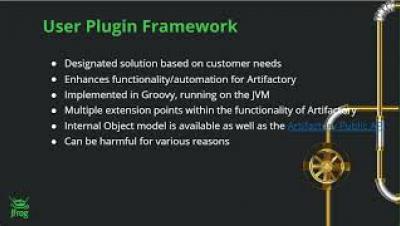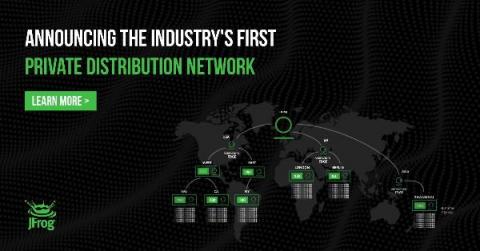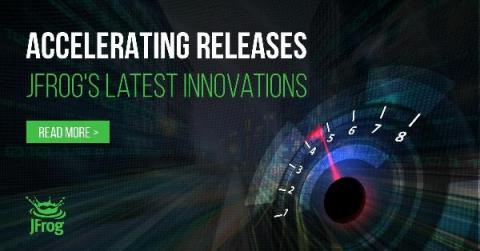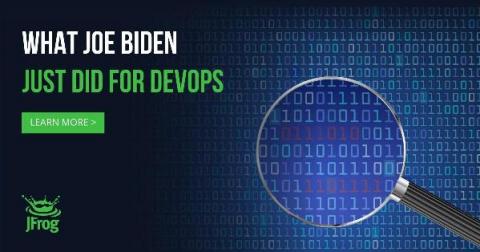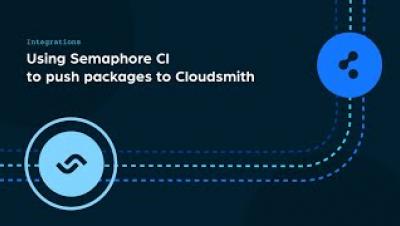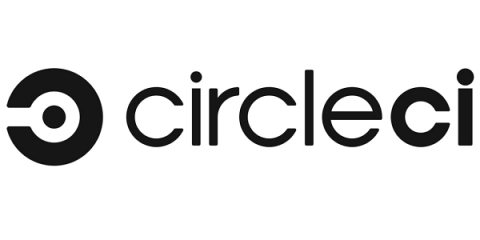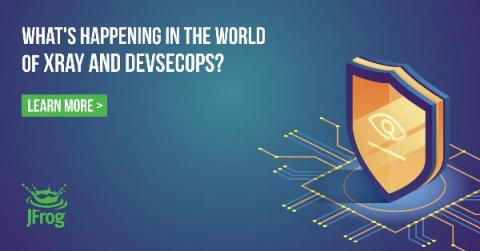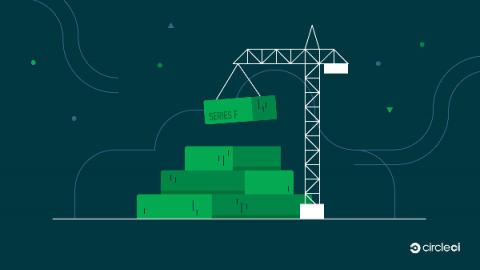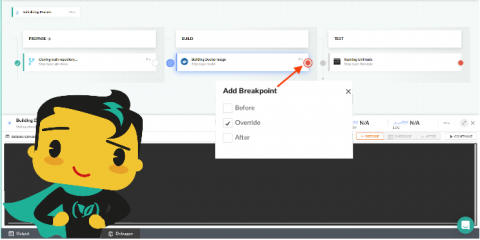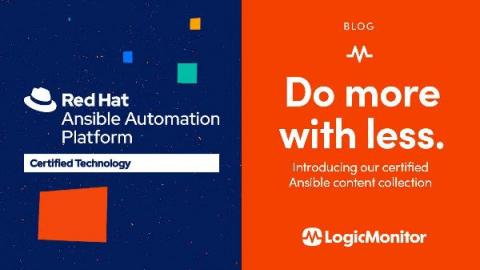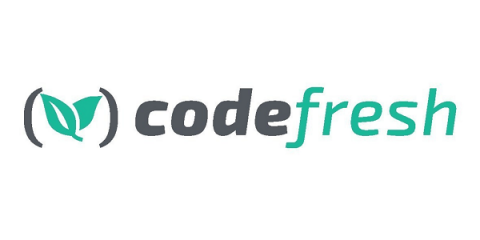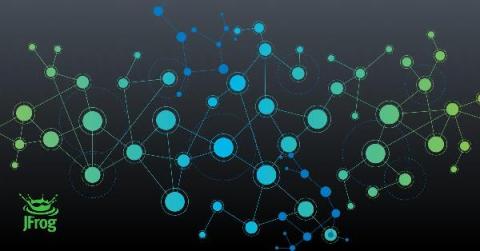Operations | Monitoring | ITSM | DevOps | Cloud
May 2021
JFrog CLI & User Plugins
The Confident Commit | Episode 3: Taming infrastructure with HashiCorp's Armon Dadgar
Reducing flaky test failures
Testing is vital because it helps you discover bugs before you release software, enabling you to deliver a high-quality product to your customers. Sometimes, though, tests are flaky and unreliable. Tests may be unreliable because of newly-written code or external factors. These flaky tests, also known as flappers, fail to produce accurate and consistent results. If your tests are flaky, they cannot help you find (and fix) all your bugs, which negatively impacts user experience.
Signed Pipelines Build Trust in your Software Supply Chain
Adding IaC security scans to your CI pipeline with Indeni
With CircleCI, there are many different CI/CD flows that can be automated. One such flow is the use of Infrastructure-as-Code (IaC) to build cloud environments. For example, you can use CircleCI to automate the process of building Terraform plans and applying them, in order to create massive production setups in AWS, Azure, GCP, and other cloud environments.
How to configure Nuget repositories?
How to start With Artifactory and Gradle?
The Industry's First Private Distribution Network
Argo Rollouts, the Kubernetes Progressive Delivery Controller, Reaches 1.0 Milestone
Argo Rollouts, part of the Argo project, recently released their 1.0 version. You can see the changelog and more details on the Github release page. If you are not familiar with Argo Rollouts, it is a Kubernetes Controller that deploys applications on your cluster. It replaces the default rolling-update strategy of Kubernetes with more advanced deployment methods such as blue/green and canary deployments.
Announcing the Industry's First Private Distribution Network
What's New from JFrog: Binary Lifecycle Management at Scale
Finding the Bug in the Haystack: Correlating Exceptions with Deployments
You’re called in. The system is misbehaving. It could be a key metric going crazy, or exceptions starting to fire. You’re troubleshooting, beating around the bush, just to realize that one of the team’s deployments was the one messing things up. Sounds familiar? If you’re practicing continuous deployment, you probably experience that several times a week, if not more. Users report that 50% of their outages are due to infrastructure and code changes, namely deployments.
Benefits and challenges of using monorepo development practices
In a single, monolithic repository, also known as a monorepo, you keep all your application and microservice code in the same source code repository (usually Git). Typically, teams split the code of various app components into subfolders and use Git workflow for new features or bug fixes. This approach is natural for most applications or systems developed using a monolithic architecture. Code in such a monorepo typically has a single build pipeline that produces the application executable.
5 Steps to Starting DevOps with a JFrog Free Subscription
Continuous deployment for Android libraries to Maven Central with Gradle
This article will take you through setting up CI/CD integration for building, testing, and publishing libraries to Maven Central using Gradle. With jCenter shutting down, Maven Central is once again the primary destination for all Android and Java libraries. Library publishers will need to port their libraries over to Maven Central to keep their libraries available after jCenter shuts down. This article focuses on CI/CD integration.
US Executive Order on Cybersecurity: What it Means for DevOps
Migrate & Modernize on AWS ECS using Docker Compose & JFrog Platform
Integrating a Cloudsmith repository with a Semaphore CI workflow
At Cloudsmith, we believe that packaging should be at the centre of any modern build and deployment process. In fact, we think that Continuous Packaging is the glue that ties Continuous Integration and Continuous Deployment or Delivery together. So with that in mind, in this blog, we will take a walk through how easy it is to integrate Cloudsmith with a Semaphore CI workflow and push the artifacts and packages that you build to a private repository. TL:DR – It’s super easy.
Using Semaphore CI to Push packages to Cloudsmith
Keep OSS supply chain attacks off the menu: Tidelift catalogs + JFrog serve known-good components
Continuous deployment for Azure functions
Serverless computing, a model in which the provider manages the server, lets developers focus on writing dedicated pieces of application logic. Serverless computing has been adopted by many development teams because it auto-scales. Auto-scaling relieves developers of allocation management tasks, so they do not need to worry about the allocation of server resources or being charged for resources they are not consuming.
The Confident Commit | Episode 2: Releasing software with full control
Turbocharging your Android Gradle builds using the build cache
The Gradle Build Cache is designed to help you save time by reusing outputs produced by previous builds. It works by storing (locally or remotely) build outputs, and allowing builds to fetch these outputs from the cache when it determines that inputs have not changed. The build cache gives you the ability to avoid the redundant work and cost of regenerating time-consuming and expensive processes.
Troubleshooting Kubernetes Clusters as a Developer with Komodor
The container ecosystem is moving very fast and new tools designed specifically for Kubernetes clusters are introduced at a very fast pace. Even though several times a new tool is simply implementing a well-known mechanism (already present in the VM world) with a focus on containers, every once in a while we see tools that are designed from scratch rather than adapting a preexisting idea. One such tool is Komodor.
Continuous delivery with Ketch, GitHub Actions, and k3d
Continuous deployment of Node.js to Azure VM
Virtual machines (VM) offer great flexibility for hosting web applications. A developer/engineer is able to configure and control every piece of software and every setting that the application needs to run. Azure, one of the largest cloud hosting platforms, has virtual machine offerings for both Linux and Windows-based operating systems. In this tutorial, you will learn how to set up a continuous deployment pipeline to deploy a Node.js application to an Azure virtual machine.
CircleCI Reaches $1.7 Billion Valuation with $100 Million in New Financing
CircleCI acquires Vamp, adding release orchestration to their CI/CD platform to help engineering teams deliver business growth
What's New with JFrog Xray and DevSecOps
How to troubleshoot Xray index process?
We raised $100M in our Series F: here's what we're building next
Today we announced our Series F round of $100M led by Greenspring Associates, with Eleven Prime, IVP, Sapphire Ventures, Top Tier Capital Partners, Baseline Ventures, Threshold, Scale, Owl Rock, and Next Equity Partners. Thank you to our customers, community, partners, investors, and team. This latest investment allows us to invest as well; in our product, our community, and in our people. We build for the builders of the digital age: developers.
CircleCI acquires release orchestration tool Vamp
We are proud to announce that CircleCI has acquired Vamp, the first cloud-native release orchestration platform. This paves the way for CircleCI customers to have first-class release orchestration and continuous validation, all natively within the CircleCI platform.
"Is our boss SPYING on us?" Developers vs Managers #TracknotSpy
Continuous integration with GitOps
Software development is changing rapidly. On one hand, you must quickly adapt to evolving requirements, while on the other, your applications need to operate continuously without downtime. DevOps helps you quickly adapt to changes. Among other initiatives, continuous integration (CI) and continuous delivery (CD) are intgegral to any DevOps practice.
Preventing SQL injection attacks with automated testing
SQL injection is one of the most destructive ways an application can be attacked. This kind of attack is targeted toward the application database, which can result in consequences that are irreversible, lead to loss of money, and reduce user trust in your company. There are far too many application data breaches happening every day, usually when a malicious agent attacks the database.
Cloud-Hosted of Cloud-Native? Discover Why Cloudsmith Was Born in the Cloud
Today, almost every service now is offered in a “Cloud” variant. But what does that really mean? Are all clouds services equal? It’s easy to see why so many vendors rush to add a Cloud edition/variant of established software they sell. Undoubtedly, there has been a move to Cloud services across the industry, as more and more organizations seek to take advantage of the higher reliability and lower total cost of ownership that Cloud platforms promise.
Run Codefresh pipelines on a Bottlerocket Kubernetes cluster
In August 2020, Amazon announced Bottlerocket OS, a new open source Linux distribution that is built specifically for running container workloads. It comes out of the box with security hardening and support for transactional updates, allowing for greater ease in automating operating system updates, maintaining security compliance and reducing operational costs. Bottlerocket is designed to be able to run anywhere and, at launch, has a pre-built variant for Amazon EKS.
ICYMI: How Honeycomb Can Help You Achieve the Deployment Part of CI/CD
In case you missed it, this webinar includes code walkthroughs that help you to add observability to your pipelines (using a free Honeycomb account!) so that you and your team can speed up your deployments to prod. This is also a risk-free way to get started with observability if your team isn’t quite yet ready to change your production apps.
Not your Average Package Manager
How to start using projects in JFrog platform?
Launching Argo CD Autopilot: An Opinionated Way to Manage Your Applications Across Environments Using Gitops at Scale
Argo CD has been skyrocketing in popularity with the CNCF China survey naming Argo as a top CI/CD tool for its power as a deployment automation tool. And it’s no wonder, GitOps is a faster, safer, and more scalable way to do continuous delivery. Most of our own users are embracing GitOps to manage infrastructure and applications at scale in gaming, finance, defense, media, and other industries.
Managing Users and Groups with SCIM in the JFrog Platform
LogicMonitor's Certified Ansible Content Collection Allows You To Do More With Less
Here at LogicMonitor, we’re really big on extensibility and automation. We’re constantly adding to our catalog of monitoring coverage, and we spend a lot of our time ensuring that setup is as simple as possible. We also monitor almost any data you can expose on a network. People have done way more with LogicMonitor than we would have ever imagined, and I’m extremely excited to announce our next step in that commitment to extensibility and automation.
Announcing Native Integration for Hashicorp Vault Secrets
Secret management is one of the most critical areas in deploying and running applications. Codefresh already had native support for native Kubernetes secrets or custom secrets on the Codefresh Runner, but more and more customers have asked us for native support for Hashicorp Vault. Today we are pleased to announce our native integration with Hashicorp vault as another secret provider for Codefresh pipelines.



